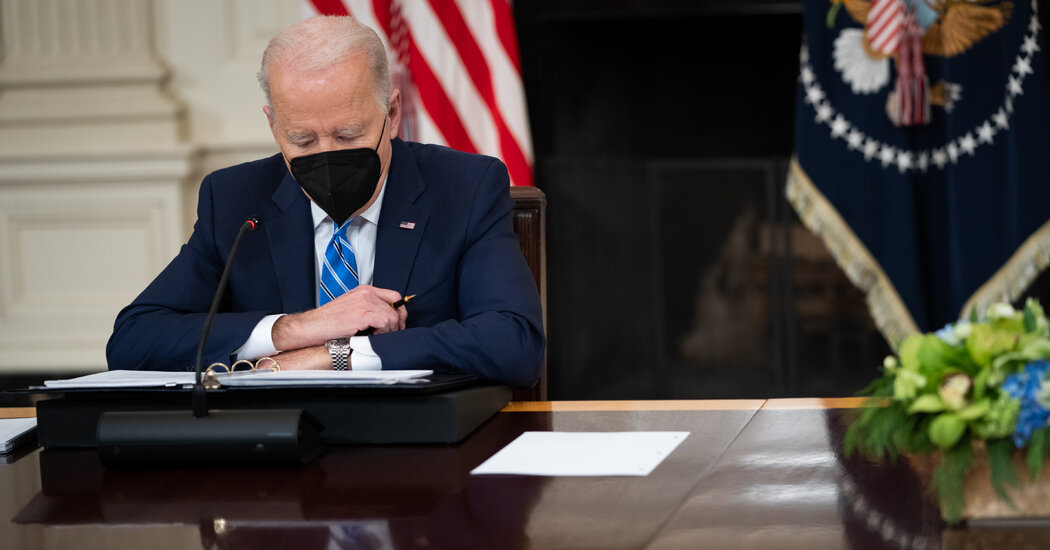
The contrast between how the economy is doing on paper and how it feels on the ground has made it difficult for Mr. Biden to capitalize politically on what has been, by most measures, a historically strong economic recovery even after accounting for rising prices.
Understand Inflation in the U.S.
Mr. Biden might take some comfort from the last president to experience a similar combination of strong growth and rapid inflation: Ronald Reagan. He, too, faced an economy struggling with rising prices and snarled supply lines early in his term. He, too, initially struggled to convince Americans that the economy was on the upswing. Yet in 1984, his message of “morning in America” carried him to a landslide re-election victory.
There are important differences. Mr. Reagan took office near the peak of the “Great Inflation” of the late 1970s and early 1980s, when interest rates were very high; by 1984, price growth and borrowing costs both had moderated. Economic growth also accelerated near the end of Mr. Reagan’s first term, whereas now most forecasters expect growth to slow as the postpandemic boom fades. And Mr. Reagan ran for re-election in an era when views of the economy were much less divided along partisan lines than they are today.
The conundrum Mr. Biden is facing shows clearly in polling and survey numbers.
A Gallup survey conducted this month found that Americans view the economy more negatively than positively: Only 29 percent said the economy was improving, while 67 percent believed it was getting worse.
Consumer expectations data produced by the Federal Reserve Bank of New York has shown that a high share of consumers expect to be financially worse off a year from now: 26.3 percent in December, compared with 9.9 percent at the end of 2019, before the onset of the coronavirus. That change has come as inflation expectations tracked by the same survey have surged.
Part of the gloominess inevitably ties back to the long-lasting pandemic. While people harbored hope that the economy would reopen and ordinary life would resume once vaccines were readily available, continued waves of infection have prevented that from happening.
“There was a lot of optimism a year ago,” said Karen Dynan, a Harvard economist and former Treasury official in the Obama administration. “We’d gotten the vaccines faster than we’d thought, and we thought our lives were going to be able to go back to normal, and people just expected the economy to come along with that. And maybe that was a little naïve.”


More Stories
Ronny J and Branden Condy were recently spotted together in front of LIV club in Miami Beach, FL
Abu Dhabi Sustainability Week to host first Green Hydrogen Summit
IDEX, NAVDEX to showcase fast-changing defence sector